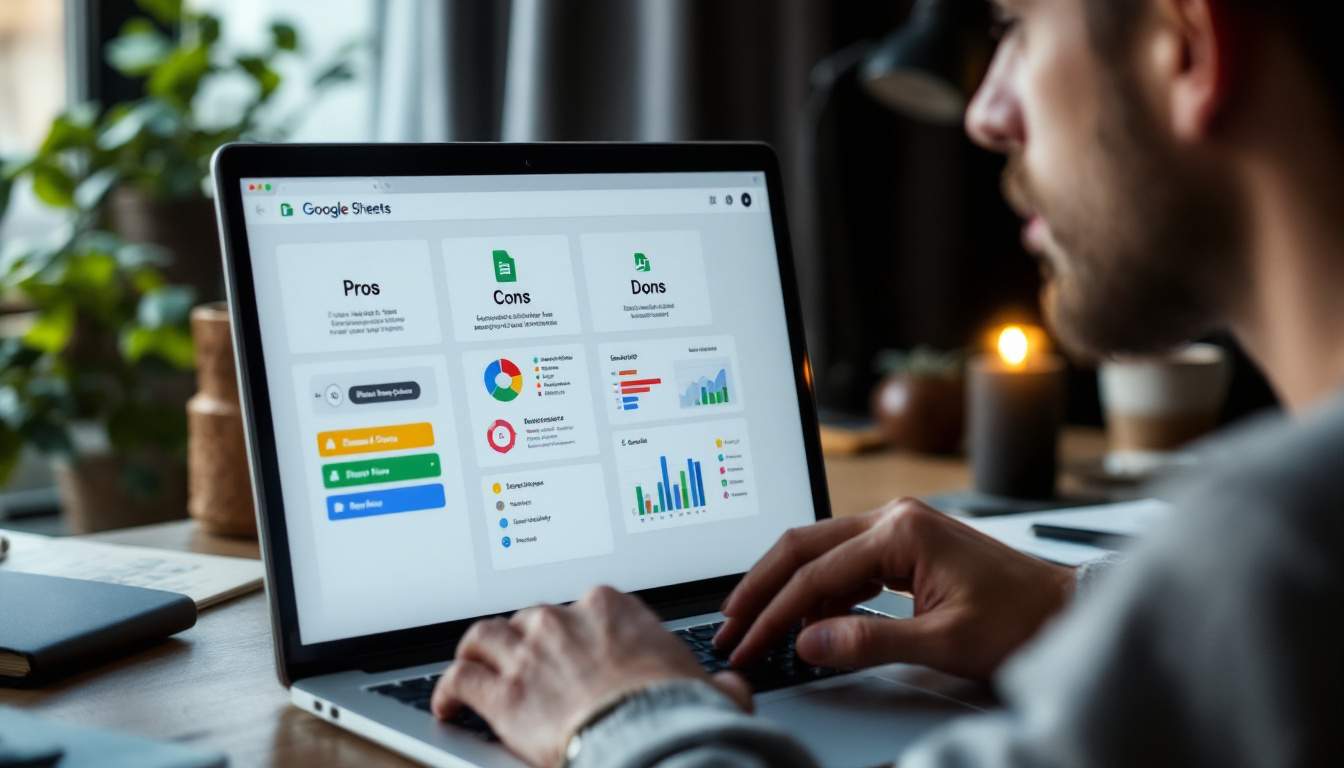Can You Use Google Sheets as a Database for Your App?
Discover how to use Google Sheets as a database for your app with SheetAPI, bridging the gap between spreadsheets and dynamic application development.
Posted by
Related reading
Real-Time Data Management with Google Sheets and SheetAPI
Implement real-time data updates in your applications using Google Sheets and SheetAPI's powerful integration features.
Building Spreadsheet-Powered Applications with SheetAPI
Create powerful applications using Google Sheets as your database through SheetAPI's robust features and integration capabilities.
How to Build a Frontend App Without a Traditional Backend Using Google Sheets
Learn how to create modern web applications using Google Sheets as your nocode backend solution, transforming spreadsheets into a powerful REST API without complex infrastructure.
Can You Use Google Sheets as a Database for Your App? Full Guide
Sometimes you need something lighter weight than Postgres, MongoDB, or MySQL.
Developers rejoice - you can use your Google Sheet as a backend for your app. Wondering if Google Sheets can serve as a database? The answer is yes, especially with the support of SheetAPI.
Understanding the Basics of Google Sheets and Databases
Google Sheets, part of Google Workspace, provides cloud-based data organization and collaboration, whereas databases provide structured data management for efficient storage and retrieval.
What is Google Sheets?
Google Sheets allows users to manage data collaboratively with real-time access and supports various integrations for enhanced functionality.
The Role of Databases in App Development
Databases are essential for storing, retrieving, and managing data in applications, offering speed, security, and scalability as apps grow.
The Intersection of Google Sheets and Databases
While Google Sheets and databases have distinct purposes, Sheets can serve as a lightweight database for smaller projects, prototypes, or personal applications, saving time and resources.

Why Consider Google Sheets as a Database?
Google Sheets offers user-friendly, real-time collaboration and is ideal for teams who can utilize its built-in functions for efficient data analysis.
Limitations of Using Google Sheets as a Database
Google Sheets lacks advanced querying and large-scale data handling found in traditional databases, which can limit its use as projects grow.
Introduction to SheetAPI
SheetAPI bridges the gap between Google Sheets and app development, making it easier to use Sheets as a database with real-time data manipulation capabilities.
What is SheetAPI?
SheetAPI is a developer-friendly interface for Google Sheets that simplifies data retrieval, insertion, and updates, allowing applications to handle large datasets effortlessly.
Key Features of SheetAPI
- Simplicity: Easy integration with rich documentation.
- Flexibility: Compatible with various programming languages.
- Real-time data access: Access up-to-date data instantly.
- Enhanced collaboration: Allows real-time collaboration without version control issues.
Integrating Google Sheets with Your App Using SheetAPI
Integrating Sheets with your app through SheetAPI is simple and enables real-time data manipulation, allowing for intuitive user experiences.

Setting Up SheetAPI with Google Sheets
Setting up SheetAPI requires Google Cloud Console, API access, and storing credentials securely for app authorization.
Connecting Your App to Google Sheets via SheetAPI
Use HTTP requests with GET, POST, PUT, or DELETE methods to interact with Google Sheets data directly from your app.
Pros and Cons of Using Google Sheets and SheetAPI as Your Database
Google Sheets and SheetAPI offer unique benefits but also come with limitations, especially as application data scales.

Advantages of Using Google Sheets and SheetAPI
SheetAPI provides a user-friendly, accessible solution, perfect for small-scale applications requiring agility and collaboration.
Potential Drawbacks and How to Overcome Them
Scalability and performance are challenges with larger datasets. Developers can start with Sheets and gradually migrate to a robust database as app needs grow.
In conclusion, Google Sheets with SheetAPI serves as a practical database alternative for specific applications, allowing for agile development with data accessible in real time.